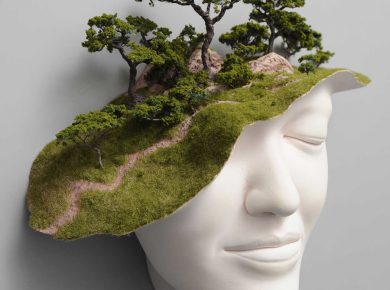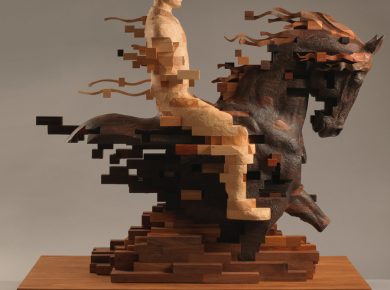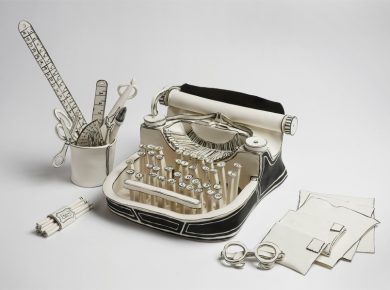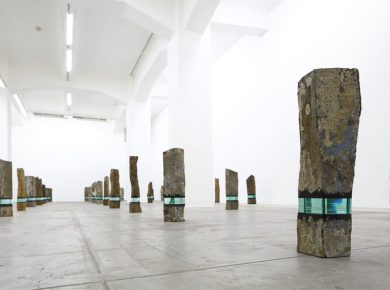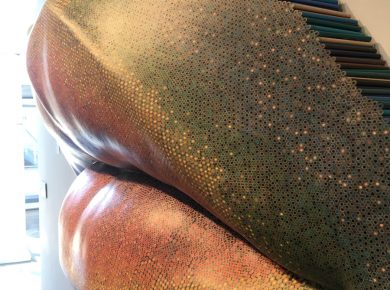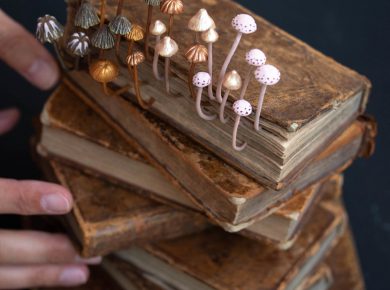
The artwork “Father” by Luo Zhongli, originally painted in 1980, is a cornerstone of Chinese art, embodying the raw realities of rural life. This painting, which debuted at a significant time in China’s history, broke from traditional depictions of idyllic peasant life, instead offering a stark, photorealistic portrayal of a rural man. Luo’s choice to highlight the weathered face and tired eyes of a man typically unseen in such grand artistic scales was revolutionary. This was a canvas usually reserved for dignitaries, yet here it showcased a simple farmer, bringing dignity and visibility to the often overlooked.
This impactful painting has recently been reimagined into a massive sculpture, unveiled at the Sichuan Fine Arts Institute in Chongqing. Standing seven meters tall and five meters wide, this sculpture took eleven years to complete. It translates the detailed textures and emotional depth of the original oil painting into a three-dimensional form, allowing viewers to engage with the work in a new and dynamic way.

The transformation of “Father” from a painting into a sculpture is not just a change of medium but a continuation and expansion of Luo Zhongli’s dialogue with the viewers about the resilience and dignity of rural life in China. It bridges past and present, maintaining the relevance of Luo’s message and ensuring that the essence of the artwork continues to provoke thought and evoke empathy in a modern context.
In both forms, “Father” challenges viewers to reflect on the realities of rural existence and the profound strength found within it, highlighting the timeless nature of its themes and the enduring relevance of Luo Zhongli’s artistic vision. Through this monumental sculpture, Luo’s narrative lives on, a testament to the power of art to transcend time and transform perspectives. Also be sure to check Fragmented Figurative Sculptures by Han Hsu-Tung.

